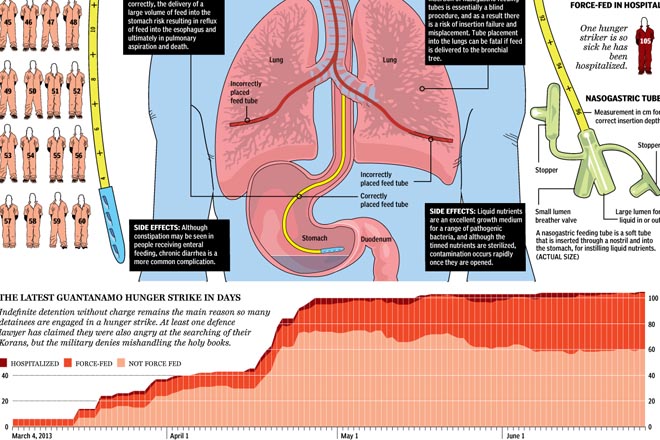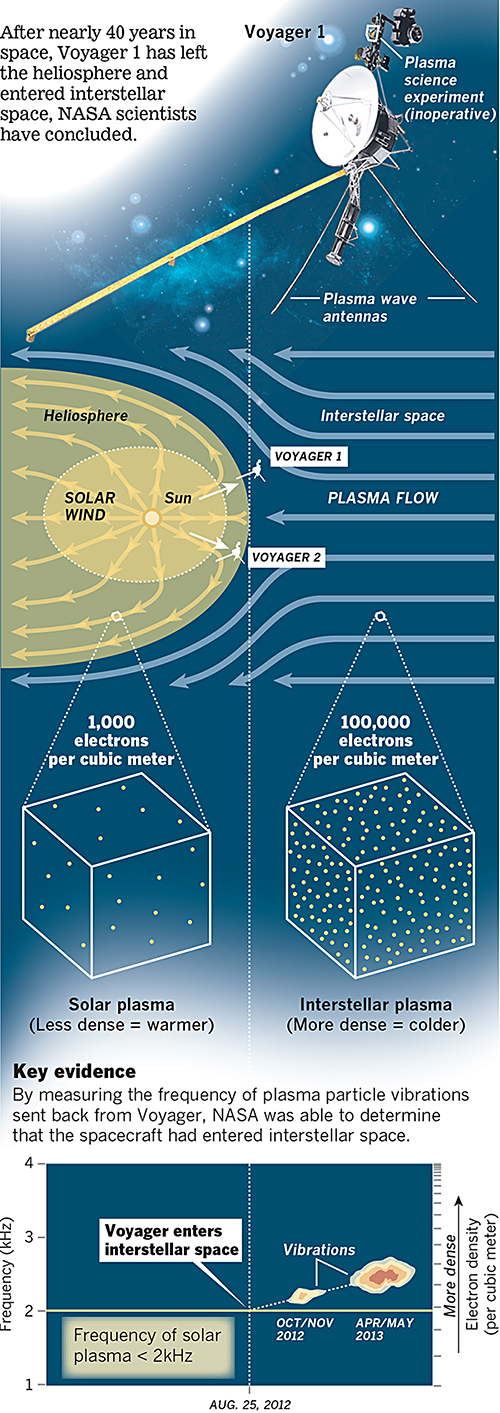The thing with the NSA spy scandal is not that it collects data on Americans. But it collects data on the Americans that the Americans that the Americans know. Three degrees of separation can actually be quite a few people whose privacy is violated in the name of security. The Guardian has an excellent piece that shows you as in you yourself—if you grant access to your Facebook profile—how many people could be investigated because you know them.

Well, I hate to tell you, Norway. But apparently, with me you are far from safe. Or at least a Norway-sized chunk of the American population. More seriously, this is a great piece that personalises an abstract sort of concept. Not just through the use of your own personal data, but by using (potentially) familiar items to contextualise scale. How many people is 190? Almost two Concordes worth. How many is 4,779,123 people? More than the population of Norway. You know, a country. Well done, Guardian.
Credit for the piece goes to the Guardian’s US Interactive Team.









